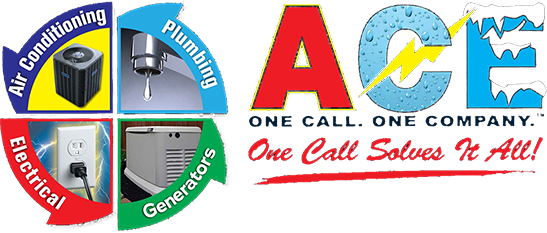Dramatic outdoor lighting makes a big difference in curb appeal, as well as your willingness to spend time outside after sunset. But there just might be too much of a good thing.
Currently, more than 18 states have enacted what’s been coined as “dark skies” regulations to reduce light pollution. Too many bright lights at night do more than irritate the neighbors. It can also be harmful to wildlife and even helpful nocturnal insects. Excessive outdoor lighting is also reported to be responsible for at least 30 percent of worldwide electricity consumption.
Dark skies in Florida
Studies have shown that nighttime beachfront lighting may have a negative impact on marine life, and it has passed a statewide model lighting ordinance which guides local governments in their development of policies to protect hatchling sea turtles.
The good news is that there’s no need to be concerned about being arrested or receiving a citation for your outdoor lighting, but there is a growing number of outdoor lighting choices that are known as dark sky compliant.
What’s new in outdoor lighting
Dark sky compliant lights tend to be LED. The DesignLights Consortium (DLC) is a non-profit organization dedicated to accelerating the widespread adoption of high-performing commercial lighting solutions. They’ve developed standards that are helping manufacturers create stylish lighting that also helps fight against light pollution.
Generally, this means choosing outdoor lighting that’s fully shielded so that the light points downward. Other requirements to reduce light pollution say your outdoor lights should:
- Be no brighter than necessary
- Only light the area that needs it
- Only be on when needed
Color matters
One of the most important aspects of dark sky compliant lighting has to do with color. It’s true that LED lighting is energy efficient, but it also contains large amounts of blue light in their spectrum. From a safety standpoint, blue light brightens our night skies more than any other color in the light spectrum, but exposure to it has been shown to be harmful to humans and wildlife.
According to the International Dark Sky Organization, LED is also known to increase glare and compromise human vision, especially in the aging eye. These lights create potential road safety problems for motorists and pedestrians alike. In natural settings, blue light at night has been shown to adversely affect wildlife behavior and reproduction. This is particularly true in cities which are often stopover points for migratory species.
The easiest way to use LED outdoor lighting that doesn’t contribute to light pollution is to install adaptive controls – more commonly called dimmers. Safety will always come first, and that’s often the reason why we install outdoor lighting. We can help you with that aspect, as well as install lighting fixtures that push back against light pollution. Learn more about our services


